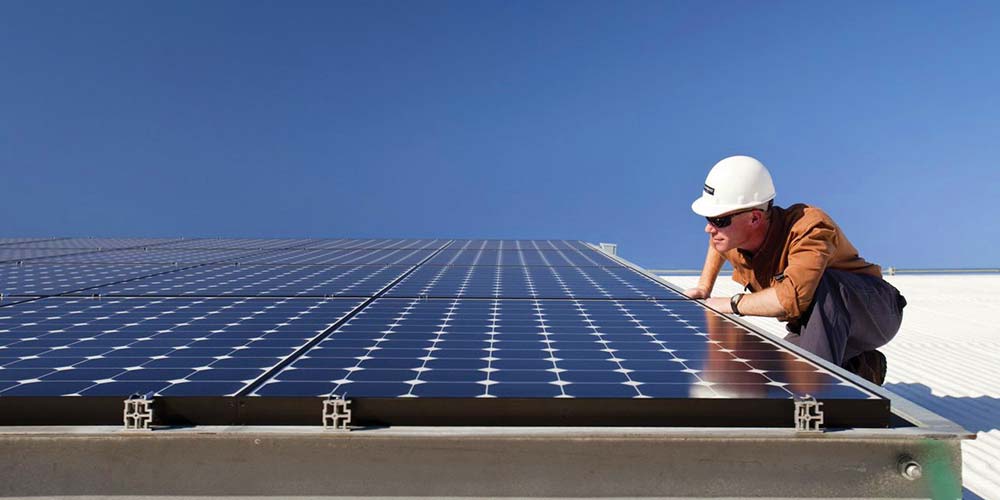
Solar panels are designed to be durable and low-maintenance, but that doesn’t mean they can be ignored. Over time, dirt, weather, and electrical wear can reduce efficiency or even cause hidden damage.
Scheduling a solar inspection at the right time helps you prevent bigger problems, restore performance, and protect your investment. Here’s how to know when your system needs a professional look.
1. You Notice a Drop in Energy Production
One of the clearest signs that your panels need inspection is a noticeable decrease in energy output. If your bills have gone up or your monitoring app shows reduced performance, there may be issues with your inverter, wiring, or panel cleanliness.
A professional diagnostic service can identify whether it’s a technical issue or just buildup affecting sunlight absorption.
2. Your Inverter Shows a Warning Light
Your inverter converts solar energy into usable power for your home. If you see red or orange indicator lights, there’s likely a system fault.
Licensed technicians can inspect the inverter, check voltage levels, and confirm whether the issue is with the wiring, grid connection, or inverter hardware itself.
3. It’s Been Over a Year Since Your Last Maintenance
Even if everything seems fine, your system should still be inspected annually. Over time, dust, debris, and small electrical changes can affect performance without visible signs.
Annual inspections ensure your system stays safe, efficient, and compliant with warranty terms.
4. You’ve Had Recent Roof Repairs or Replacement
If your roof was repaired or replaced, your panels were likely detached and reinstalled. A post-roof inspection ensures all wiring, mounts, and connections were properly reattached and sealed.
Without a follow-up inspection, hidden damage or improper connections could lead to leaks or reduced power generation.
5. You See Physical Damage or Discoloration
Cracks, chips, or discoloration on your panels could mean weather or debris damage. Even small cracks allow moisture to enter, which can cause electrical shorts or corrosion.
An inspection identifies whether your panels can be repaired or need replacement.
6. Your System Goes Offline or Loses Monitoring Connection
If your solar app stops updating or shows “system offline,” your monitoring connection or inverter may need professional attention.
A technician can reestablish the connection, inspect communication hardware, and verify that your system is safely transmitting data again.
7. You’ve Experienced a Major Storm
After hail, high winds, or heavy rain, it’s smart to schedule a post-storm solar inspection. Damage from debris or loose mounts may not be visible but can cause long-term issues.
A professional inspection ensures your panels, roof seals, and electrical components remain secure and weatherproof.
8. There’s Visible Debris or Shading
Leaves, bird droppings, or growing tree branches can block sunlight and reduce energy output. Over time, shaded areas can create “hot spots,” which wear panels faster.
During inspections, technicians clean debris and recommend solutions to prevent future shading problems.
9. You Hear Unusual Noises or Smell Burning
Buzzing, clicking, or faint burning smells are serious warning signs of electrical faults. These could come from loose wiring, overheating, or inverter failure.
Turn off your system and contact a licensed solar electrician immediately for a full inspection.
10. Your Warranty or Insurance Requires It
Most warranties and insurance providers require proof of regular inspection and maintenance to remain valid. Missing annual checks could void your coverage if future issues arise.
Routine inspections ensure your documentation is up to date and your system remains protected.














